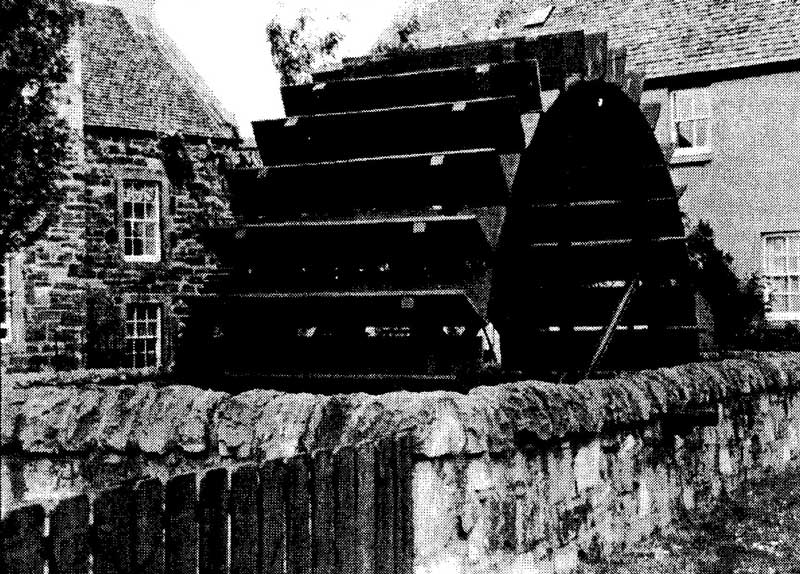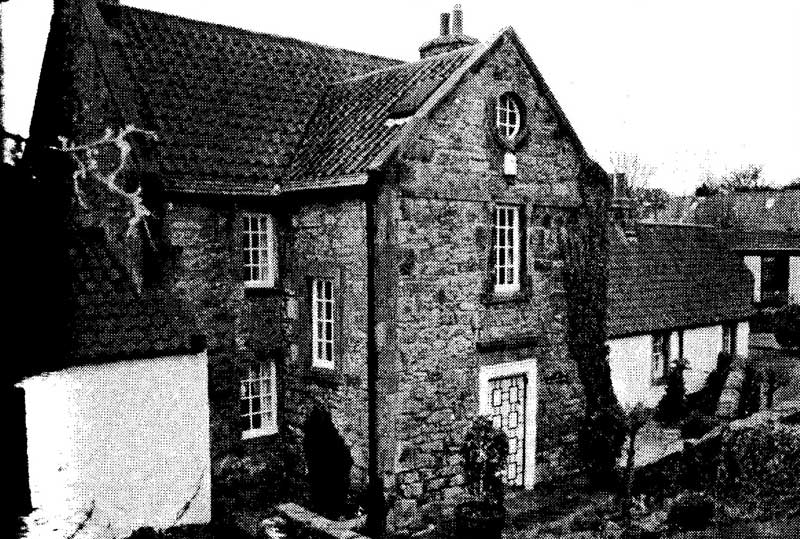Our January 2016 meeting
‘The Mills of the Water of Leith’ by Bob Bell, Colinton History Society
The Water of Leith may be insignificant when compared to some of the more mighty rivers but the importance of its 23 miles of length is significant. In 1128 mills at Bonnington, Canonmills, Dean and Saughton are recorded as being granted by David I to the Abbots of Holyrood, and in 1791 records show that there were 76 mills on the river, although this had reduced to 37 by 1850.
The 37 mills used a total of 66 wheels for a variety of occupations such as grinding corn and flour, snuff and spices, paper making, washing and waulking cloth, grinding bark and pumping water for tanning, cutting and polishing ornamental stone and cutting timber.
There were three different types of water wheels in use on the river but as these were made of mainly of wood very little of them survive although a reconstruction of an overshot wheel can be seen at Bonnington just opposite Bonnyhaugh House.

The reconstructed undershot wheel at Bonnington. Bonnyhaugh House is behind on the left.
In later years most of the mills in Balerno, Currie and Juniper Green were used in paper making as the demand for paper grew. Because of the number of mills upstream the water as in the lower reaches of the river was not clean enough for paper making. Snuff mills such as the one owned by James Gillespie at Spylaw, grain mills and tanneries were more common there. By the time the river reached Leith the main uses were grain milling and sawmilling the later thought to be connected to the shipbuilding on the north side of the river.

Millbank House, associated with Bog’s Mill.
Many of the mills have fallen into ruin although evidence still remains of the weirs, mill lades etc and some of the mill houses are still occupied as houses with the mills themselves converted into flats.